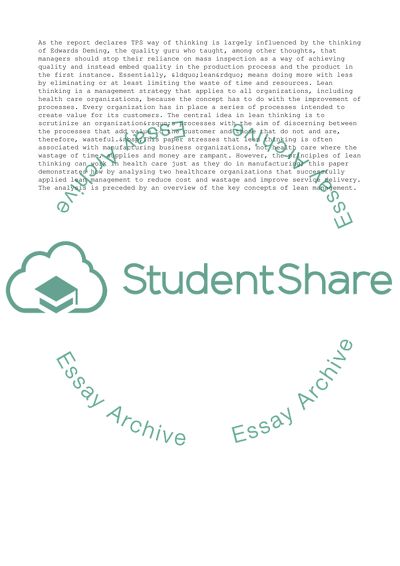Cite this document
(“Operational Management in Health & Social Care Essay”, n.d.)
Operational Management in Health & Social Care Essay. Retrieved from https://studentshare.org/management/1691377-operational-management-in-health-social-care
Operational Management in Health & Social Care Essay. Retrieved from https://studentshare.org/management/1691377-operational-management-in-health-social-care
(Operational Management in Health & Social Care Essay)
Operational Management in Health & Social Care Essay. https://studentshare.org/management/1691377-operational-management-in-health-social-care.
Operational Management in Health & Social Care Essay. https://studentshare.org/management/1691377-operational-management-in-health-social-care.
“Operational Management in Health & Social Care Essay”, n.d. https://studentshare.org/management/1691377-operational-management-in-health-social-care.


